
Cuisine
Estonian cuisine
Estonian cuisine is characterized by its use of local ingredients such as fish, potatoes, and rye bread. The cuisine is known for its hearty, filling dishes and emphasis on comfort food. Common ingredients include herring, salmon, potatoes, beets, and cabbage. The cuisine also makes use of herbs and spices such as dill, caraway seeds, and juniper berries.
Typical ingredients
Fish, Potatoes, Rye bread, Herring, Salmon, Beets, Cabbage, Herbs and spices such as dill, Caraway seeds, Juniper berries
Presentation and garnishing
Presentation is often simple and rustic, with an emphasis on the natural beauty of the ingredients. Garnishes may include fresh herbs or edible flowers.
Estonian cuisine is known for its use of wild foods such as mushrooms and berries, which are abundant in the country's forests.
More cuisines from this region...
History
The cuisine of Estonia has a long history dating back to the medieval era. The harsh climate and limited growing season in the region meant that people had to rely on preserved foods such as salted fish and meat. Over time, the cuisine evolved to incorporate fresh ingredients as they became available. Today, Estonian cuisine is known for its emphasis on local ingredients and hearty, filling dishes.
Cultural significance
Estonian cuisine is an important part of the country's cultural heritage. Many traditional dishes are still enjoyed today, and the cuisine is celebrated at festivals and events throughout the year. The cuisine is also known for its emphasis on sustainability and use of local ingredients.
Health benefits and considerations
Estonian cuisine is generally considered to be healthy due to its emphasis on fresh, natural ingredients. However, some dishes may be high in fat or salt.
Estonian cuisine dishes Browse all »
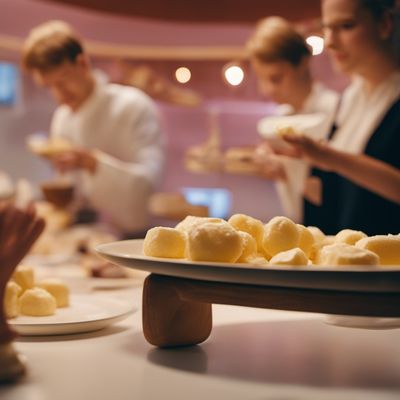
Kohuke
Kohuke is a popular Estonian snack made from sweetened curd cheese.

Rosolje
Rosolje is a traditional Estonian salad that is typically served as a side dish or appetizer. This dish is made with a variety of boiled vegetables and meats that are mixed...

Asuparabekon
Bacon-Wrapped Asparagus
Asuparabekon is a Japanese dish that combines asparagus and bacon in a delicious and savory way. The dish is easy to make and can be served as an appetizer or a side dish.
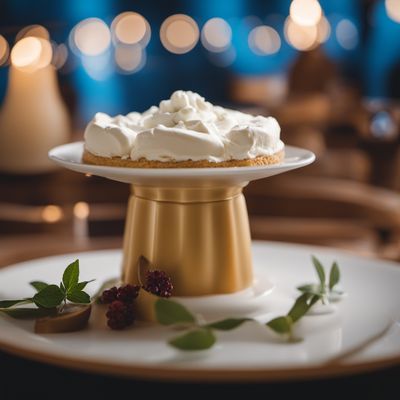
Kohupiimakreem
Kohupiimakreem is a traditional Estonian dessert made with fresh cheese and whipped cream. It is a light and refreshing dessert that is perfect for any occasion.

Verivorst
Verivorst, also known as blood sausage, is a traditional Estonian dish made from pork blood, barley, and a variety of spices and herbs. The sausage is typically served sliced...

Kama
Kama is a traditional Estonian dish made from roasted grains and flour.
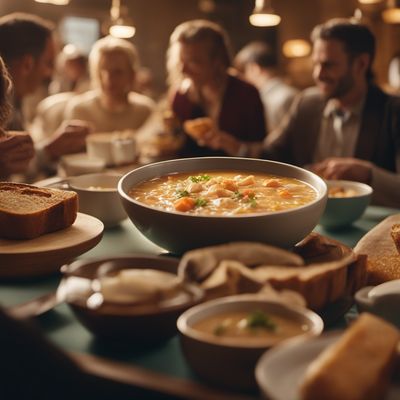
Leivasupp
Bread soup
Leivasupp is a traditional Estonian dessert that is made with rye bread and apples. It is a sweet and savory dessert that is perfect for any occasion.

Kiluvõileib
Sprat sandwich
Kiluvõileib is a traditional Estonian open-faced sandwich that is made with smoked sprats, bread, and a variety of toppings and condiments.
Estonian cuisine recipes Browse all »

Estonian Beetroot Soup
Velvety Beet Delight: Estonian Beetroot Soup

Estonian-inspired Apple and Beetroot Salad
Beetroot and Apple Delight: A Vibrant Estonian Salad
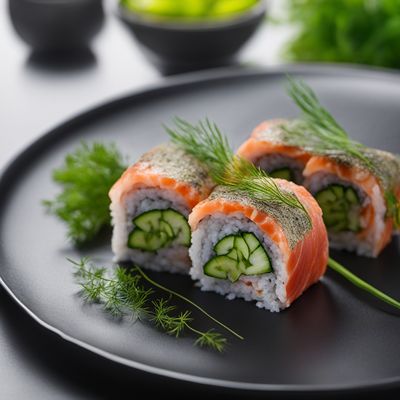
Estonian-inspired Kappamaki Roll
Savory Estonian Seaweed Roll: A Fusion of Japanese and Estonian Flavors

Gurian Khachapuri with a Twist
Estonian-inspired Cheese-filled Bread

Homemade Chocolate Kohuke
Decadent Chocolate Delight: Homemade Kohuke Recipe
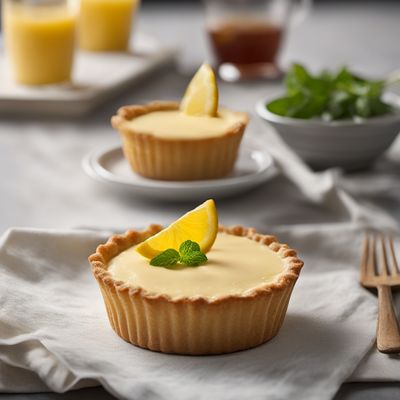
Kohupiimakreem Tart
Estonian Delight: Creamy Kohupiimakreem Tart
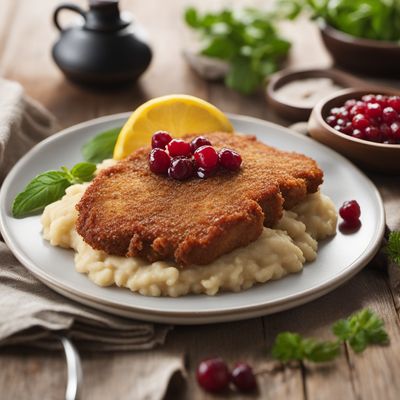
Estonian-style Pork Schnitzel
Crispy Pork Schnitzel with Estonian Flair
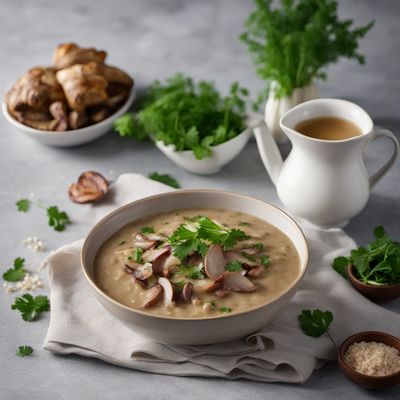
Estonian Mushroom Porridge
Forest Delight: Estonian Mushroom Porridge
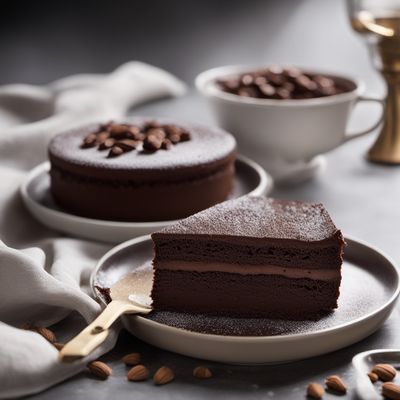
Estonian Setteveli Cake
Velvety Layers of Estonian Delight
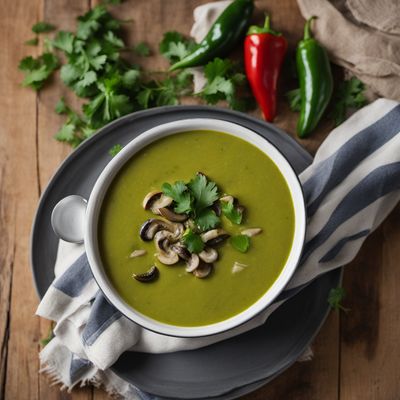
Creamy Mushroom and Poblano Soup
Forest Delight Soup: Creamy Mushroom and Poblano Elixir

Estonian-style Venizelika
Savory Estonian Spinach and Feta Pie

Estonian-style Chicken Stew with Pickles
Savory Estonian Chicken Stew: A Tangy Twist with Pickles